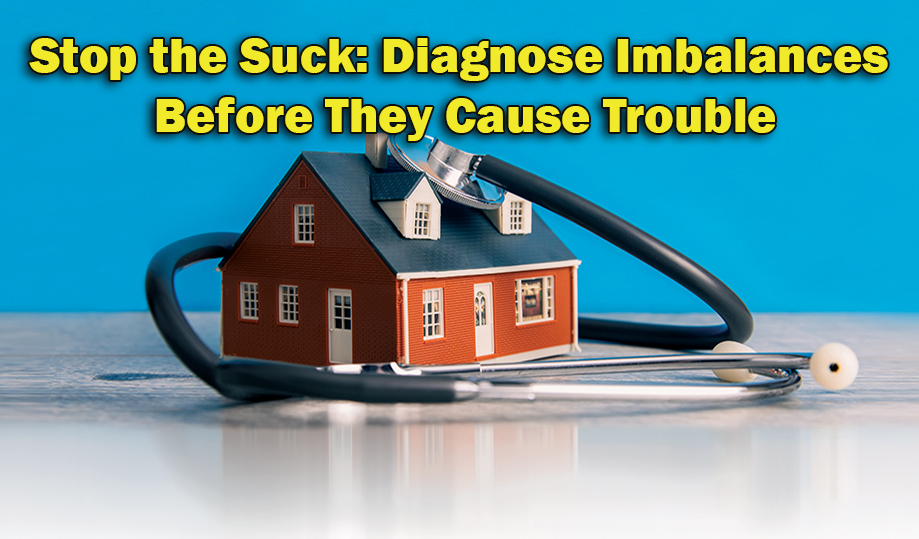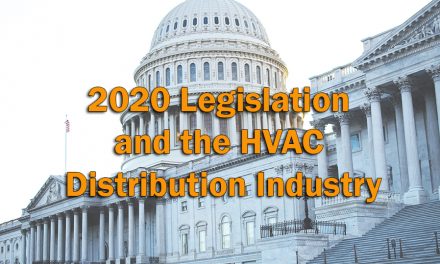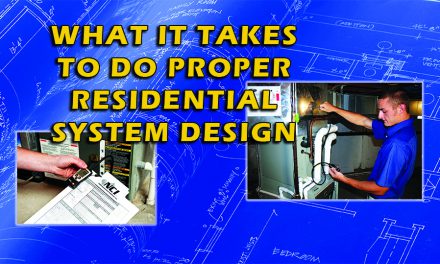Field Tips and SAFETY Checks
Always wear a personal CO monitor when performing pressure diagnostics. You could save your own life or the life of someone who lives in the home.
When testing hoods, run them at full speed and note whether they have makeup air capability. If they don’t, warn the homeowner about pressure when the hood runs on high.
Check attached garages. A running car or a gas appliance in the garage is a CO poisoning risk when the house is negative.
Seal big holes first; small leaks matter but by fixing the largest, easiest leaks you can provide the most immediate improvement.
Make the Invisible, Visible
Pressure imbalances are invisible until you measure them. Measurement turns an uncertain problem into a solvable job. With the right tools, you can identify supply or return leakage, quantify room pressurization, and identify potential CO hazards.
Fixes are practical: duct sealing, makeup air for large exhausts, and adding return or transfer paths. Test, document, and re-test under the same conditions you used to find the issue. That approach protects occupants, reduces callbacks, and gets systems behaving the way they should.
Ben Lipscomb, P.E. has more than 17 years of experience in the HVAC industry. He is National Comfort Institute’s Director of Utility Services and National Accounts. You can contact him at ncilink.com/ContactMe with any questions or comments about this article.













Recent Comments